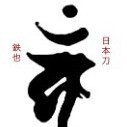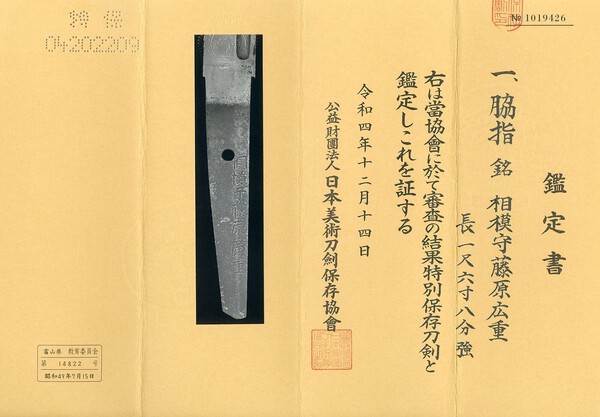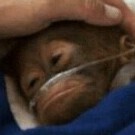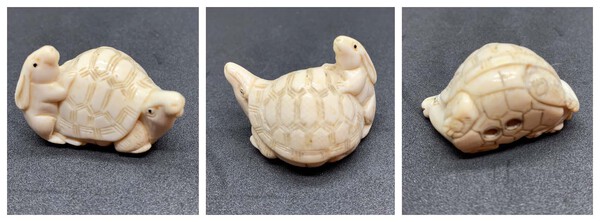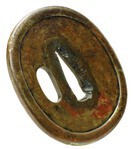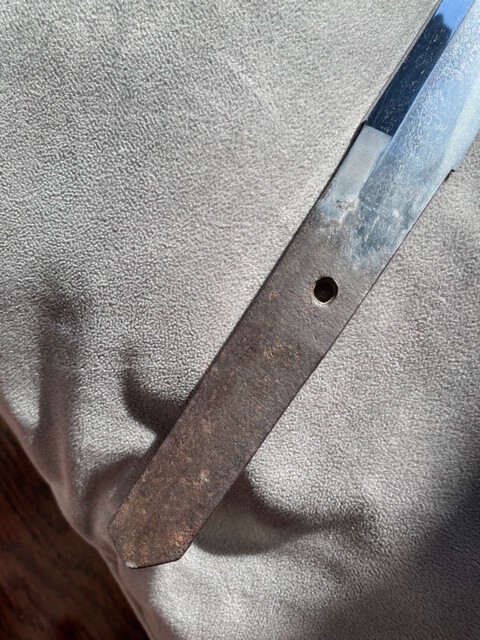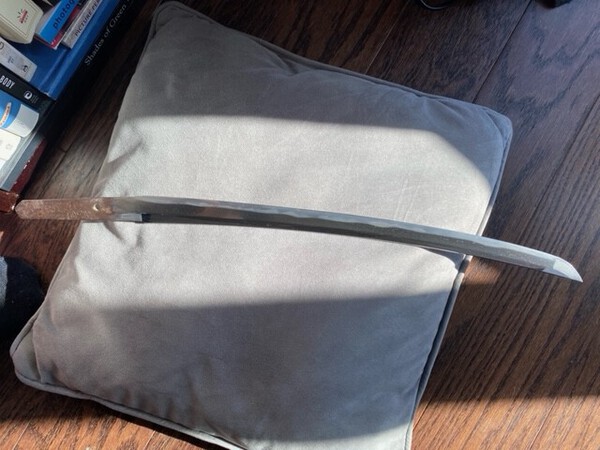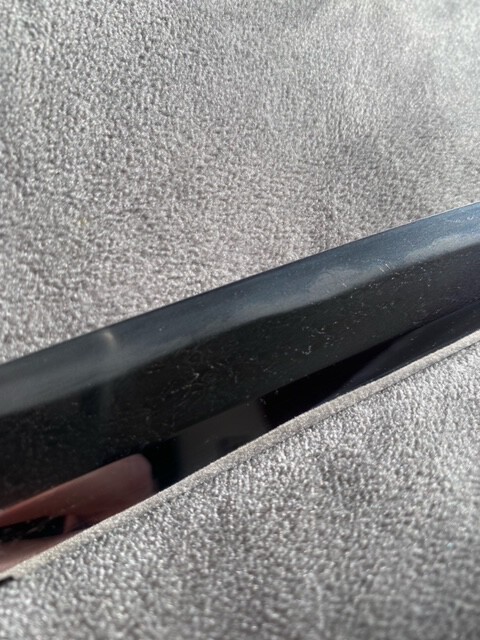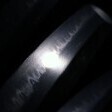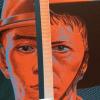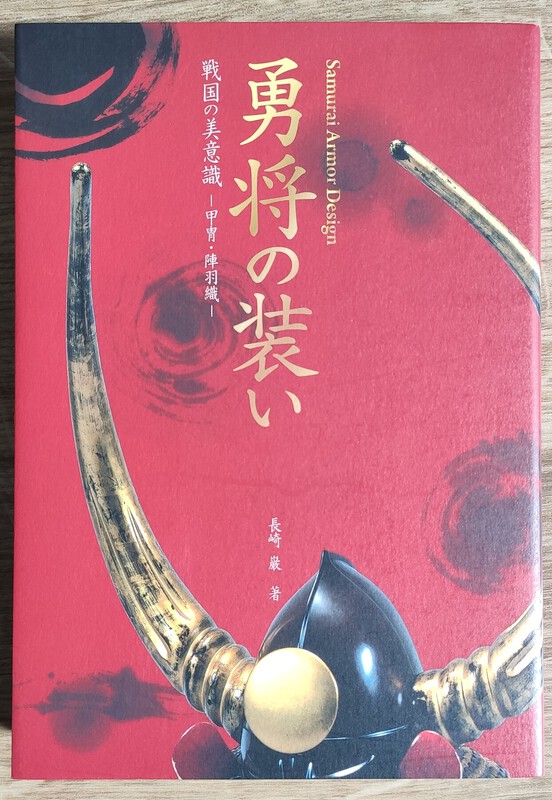Search the Community
Showing results for tags 'art'.
-
This month I have been researching this antique Satsuma-yaki style decorative bowl for listing on my website that I had added to my collection back in late 2022. I did find some helpful information here: Japanese Satsuma Pottery. It has a hand painted kiln mark on the bottom of the bowl 'Senzan (先山)...
-
I finally got around to creating a Japanese art gallery webpage on my website mostly focused on Japanese swords and fittings. Here is a direct link to the gallery: Japanese Art Gallery | Tsuba Otaku . It is a still work in progress and more will be added later as I have been collecting Japanese art...
-
This right here is my Netsuke that I got as a present from my grandmother. My grandma told me that this has been her mothers for as long as she can remember and she believe that her mother bought it when visiting london as she used to do alot during her lifetime. So we believe it to be bought around...
-
Here are some Arita-yaki cups and a small plate my wife picked up during our trip to Japan. I also really like them and just wanted to share. The Arita-yaki pottery kiln is in the city of Arita of Saga Prefecture located on Kyushu Island. Pottery has been procedued in the area of Saga for over 400 y...
-
- 1
-

-
(Story details are a little fuzzy) Way before I was born, my grandfather had a beautiful early Kamakura period Ko-Aoe Tachi (either Juyo bunkazai or kokuho) during the early 70s-80s. Which ended up being returned/sold to Japan and now resides in one of the museums (not entirely sure which one). Is t...
-
I'd be grateful if anyone can help with the identification or meaning of the symbols on this tsuba, which has a shakudo rim and on both sides are groups of three (two a couple of times) stokes pointing to the middle (amida-yasuri-me?). I did find a tsuba with the same sukashi, though it is a differe...
-
This is a small collection of Netsuke that I have. I think that they are all made of ivory. Phoenix (?) Pottery Merchant Woman and Child Rat with Turtle Turtle with Rabbit I know next to nothing ab...
-
Hello to everyone, This is my first post on subjects other than Japanese swords and I am really devoid of knowledge about this kind of art. So: Here is a bronze tiger statue I have, I bought it years ago. I was told it is called a "double patina" statue and It is from meiji e...
- 12 replies
-
- translation
- manufacture
-
(and 1 more)
Tagged with:
-
As the anniversary of the attack on Pearl Harbor approaches, thought I would share some pages from a WW2 Japanese publication, detailing their attack. The book contains the strategy, officers, transparent overlays of recon photos, maps etc. I have offered this to the Pearl Harbor Museum,...
- 20 replies
-
- 12
-

-
I am listing some books that I have twice. All books are located in Germany - so no custom fees for EU members (and shipping is also cheaper) Lethal Elegance, Joe Earle, English, Hardcover 35,00 USD 30,00 €...
-
Hello I have four seasons silk paints but I can'not read the hiragana signature Can anyone help me ? Regards





